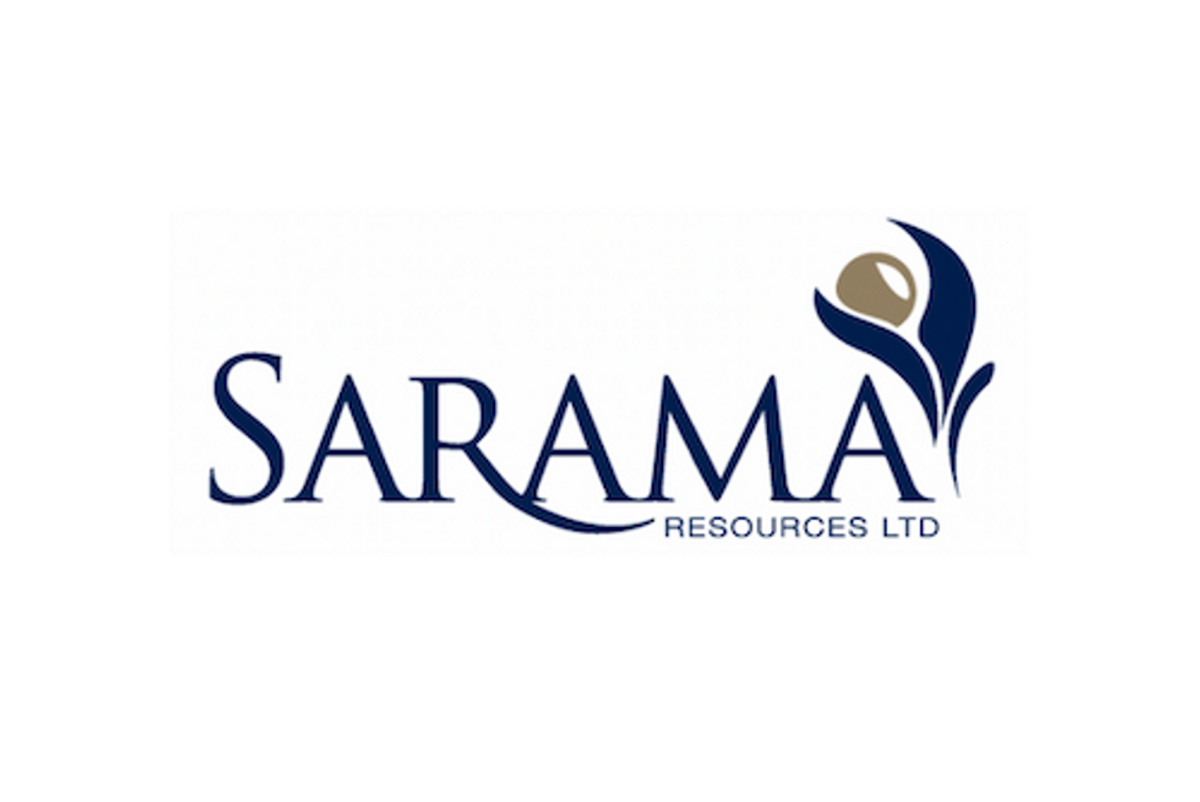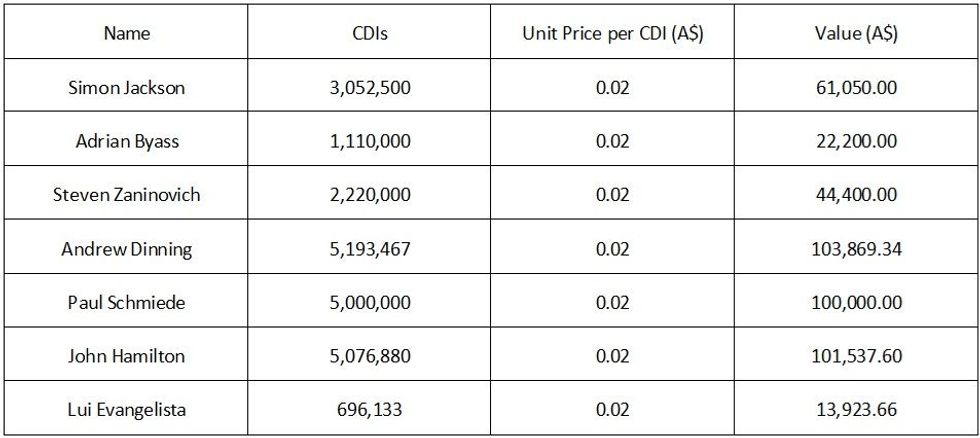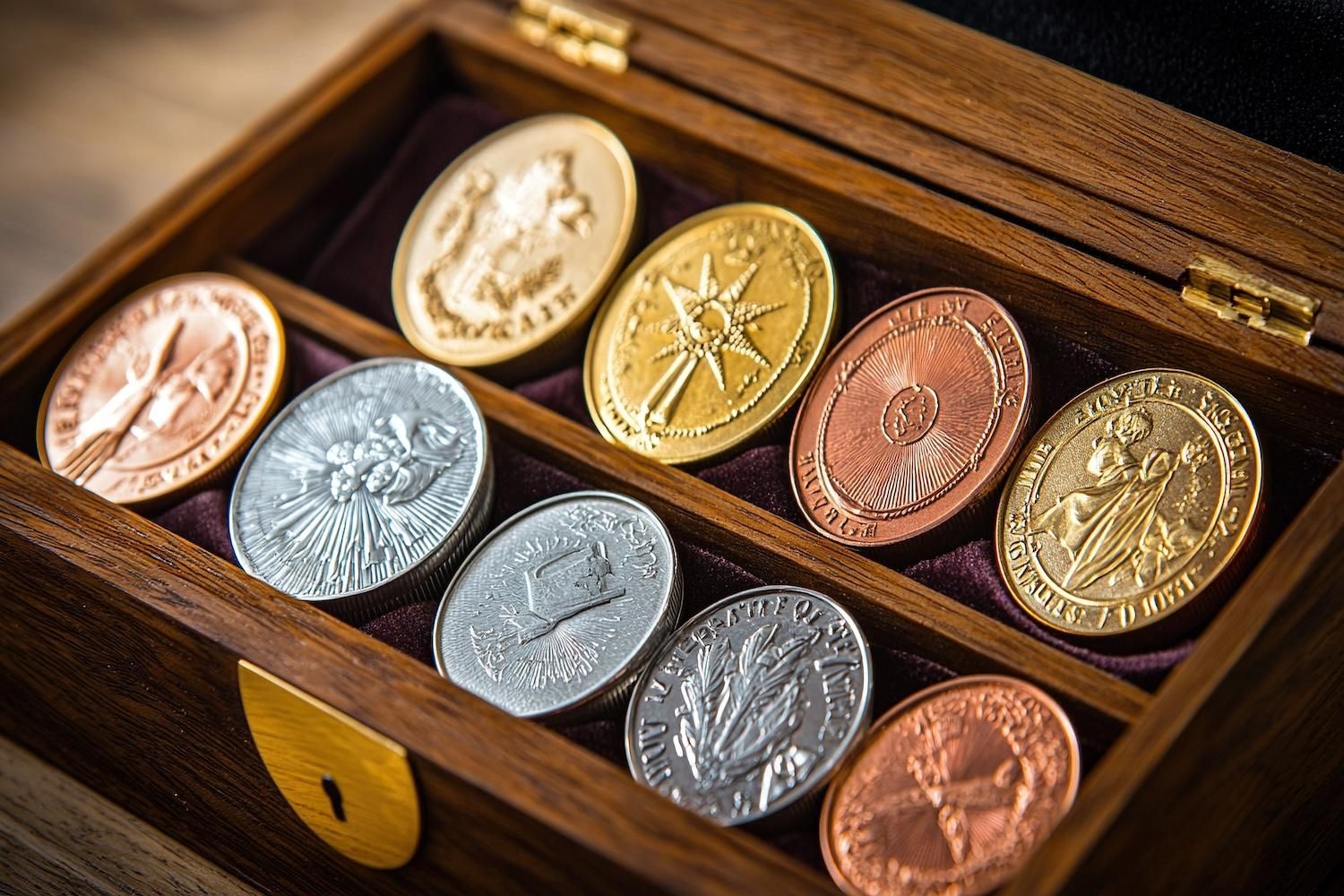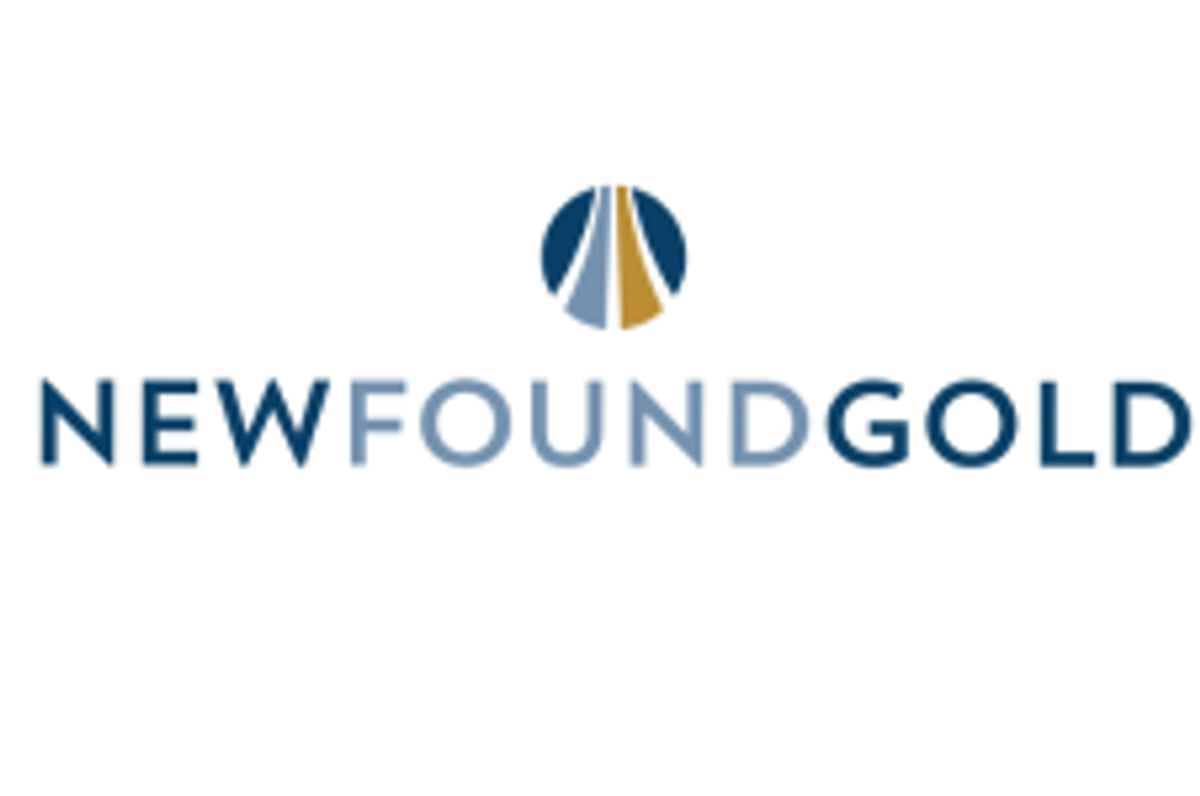
- NORTH AMERICA EDITIONAustraliaNorth AmericaWorld
September 18, 2024
Sarama Resources Ltd. (“Sarama” or the “Company”) (ASX:SRR, TSX- V:SWA) is pleased to report that on 18 September 2024, it had completed the issue of shares in part settlement of deferred executive salaries and director fees (the “Compensation Shares” or the “Shares for Debt”) as previously announced in a news release dated 17 July 2024.
The Shares for Debt arrangement comprised the issue of 22,348,980 Chess Depository Instruments (“CDIs”) at a deemed issue price of A$0.02 per CDI, equivalent to A$446,979.60 as detailed in Table 1 below. Each new CDI issued under the Placement will rank equally with existing CDIs on issue and each CDI will represent a beneficial interest in one common share of the Company. The issuance of the Shares for Debt was subject to TSXV and shareholder approval which was obtained at the annual general meeting held on 11 September 2024 (the “Meeting”).

The Compensation Shares and Shares for Debt were issued upon receipt of shareholder approval, as required by the Australian Securities Exchange Listing Rules, at the Meeting. An Appendix 2A was announced to the ASX on 18 September 2024 and provides further detail on the issue of the Compensation Shares and Shares for Debt.
The Share for Debt arrangement will reduce the Company’s liabilities.
The CDIs issued under the Placement are subject to a TSX Venture Exchange (“TSXV”) “hold period” of 4 months and one day from the date of issue of the CDIs.
The Securities have not been and will not be registered under the U.S. Securities Act of 1933, as amended, (the “U.S. Securities Act”) or any state securities laws and may not be offered or sold within the United States unless registered under the U.S. Securities Act and applicable state securities laws or an exemption from registration is available. This announcement does not constitute an offer to sell or a solicitation of an offer to buy any of the Securities within the United States or to, or for the account or benefit of, U.S. Persons (as defined under Regulation S under the U.S. Securities Act), nor shall there be any sale of these Securities in any jurisdiction in which such offer, solicitation or sale would be unlawful.
Click here for the full ASX Release
This article includes content from Sarama Resources, licensed for the purpose of publishing on Investing News Australia. This article does not constitute financial product advice. It is your responsibility to perform proper due diligence before acting upon any information provided here. Please refer to our full disclaimer here.
SRR:AU

Sign up to get your FREE
Sarama Resources Investor Kit
and hear about exciting investment opportunities.
- Corporate info
- Insights
- Growth strategies
- Upcoming projects
GET YOUR FREE INVESTOR KIT
The Conversation (0)
04 November
Sarama Resources
Promising new gold projects in Western Australia, plus a large fully funded arbitration claim.
Promising new gold projects in Western Australia, plus a large fully funded arbitration claim. Keep Reading...
02 December
Sarama Partners With InvestorHub to Strengthen Investor Engagement
VANCOUVER, BRITISH COLUMBIA / ACCESS Newswire / December 2, 2025 / Sarama Resources Ltd. ("Sarama" or the "Company")(TSX-V:SWA)(ASX:SRR) is pleased to announce that it has partnered with InvestorHub and launched a new interactive website, a direct-to-investor engagement platform ("Investor Hub"... Keep Reading...
03 November
Sarama Files Memorial in US$242M Damages Claim Against Burkina Faso
VANCOUVER, BRITISH COLUMBIA / ACCESS Newswire / November 3, 2025 / Sarama Resources Ltd. ("Sarama" or the "Company") (TSX-V:SWA)(ASX:SRR) announces that it has filed its written Memorial (the "Memorial") detailing the Company's claim against the Government of Burkina Faso ("GoBF") as well as... Keep Reading...
03 November
Sarama Files Memorial in US$242M Damages Claim Against Burkina Faso
Sarama Resources Ltd. (“Sarama” or the “Company”) (TSX-V:SWA, ASX:SRR) announces that it has filed its written Memorial (the “Memorial”) detailing the Company’s claim against the Government of Burkina Faso (“GoBF”) as well as damages for the sum of US$242 million, plus interest. The proceedings... Keep Reading...
20 October
Sarama Completes Tranche 3 Placement & Cleansing Notice
Sarama Resources Ltd. (“Sarama” or the “Company”) (TSX-V:SWA, ASX:SRR) advises that on 21 October 2025, it completed the third tranche of the previously announced A$2.7m equity placement (the “Placement”) (refer to Sarama’s news releases dated 30 June 2025 and 10 July 2025). The third tranche of... Keep Reading...
06 October
Sarama Completes Tranche 2 Placement and Broker Options
Sarama Resources Ltd. (“Sarama” or the “Company”) (TSX-V:SWA, ASX:SRR) is pleased to report that on 7 October 2025, it completed the second tranche of the previously announced A$2.6m equity placement (the “Placement”) (refer to Sarama’s news releases dated 30 June 2025 and 10 July 2025). The... Keep Reading...
24 December
What Was the Highest Price for Gold?
Gold has long been considered a store of wealth, and the price of gold often makes its biggest gains during turbulent times as investors look for cover in this safe-haven asset.The 21st century has so far been heavily marked by episodes of economic and sociopolitical upheaval. Uncertainty has... Keep Reading...
24 December
Blackrock Silver Announces C$15 Million Strategic Investment by Two Cornerstone Purchasers
Blackrock Silver Corp. (TSXV: BRC,OTC:BKRRF) (OTCQX: BKRRF) (FSE: AHZ0) ("Blackrock" or the "Company") is pleased to announce a non-brokered private placement (the "Offering") of up to 13,636,363 units (the "Units") at a price of C$1.10 per Unit for gross proceeds of up to C$15,000,000. Each... Keep Reading...
24 December
Gold Price Hits New Record, Breaks US$4,500; Silver, Platinum Also at All-time Highs
Gold marked a new price milestone on Tuesday (December 23), continuing its record-breaking 2025 run. The spot price rose as high as US$4,511.83 per ounce, hitting that point at 4:04 p.m. PST. Don't forget to follow us @INN_Resource for real-time updates!Securities Disclosure: I, Charlotte... Keep Reading...
23 December
From Gold Coins to Copper Tools: Unique Festive Gifts for the Metals Investor
With pumpkin spice in the air, thoughts are turning to the biggest event of the year… No, not the curling championships — Black Friday and the start of the gifting season.Here at the Investing News Network, our team aims to provide relevant information to help readers make informed investment... Keep Reading...
22 December
TomaGold Intercepts 6.68% ZnEq (1.57 g/t AuEq) over 48.05 Metres, including 39.03% ZnEq (9.15 g/t AuEq) over 2.90 Metres at Berrigan Mine and Identifies a Major Hydrothermal Footprint
TOMAGOLD CORPORATION (TSXV: LOT; OTCPK: TOGOF) (“TomaGold” or the “Company”) is very pleased to announce the initial assay results from drill holes TOM-25-009 and TOM-25-010 at its Berrigan Mine project located in the Chibougamau mining camp, in Québec. These are the first two of seven holes for... Keep Reading...
Latest News

Sign up to get your FREE
Sarama Resources Investor Kit
and hear about exciting investment opportunities.
- Corporate info
- Insights
- Growth strategies
- Upcoming projects
GET YOUR FREE INVESTOR KIT
Interactive Chart
Latest Press Releases
Steadright Grants Stock Options
24 December
Silverco Confirms No Material Change
24 December
Related News
TOP STOCKS
American Battery4.030.24
Aion Therapeutic0.10-0.01
Cybin Corp2.140.00







